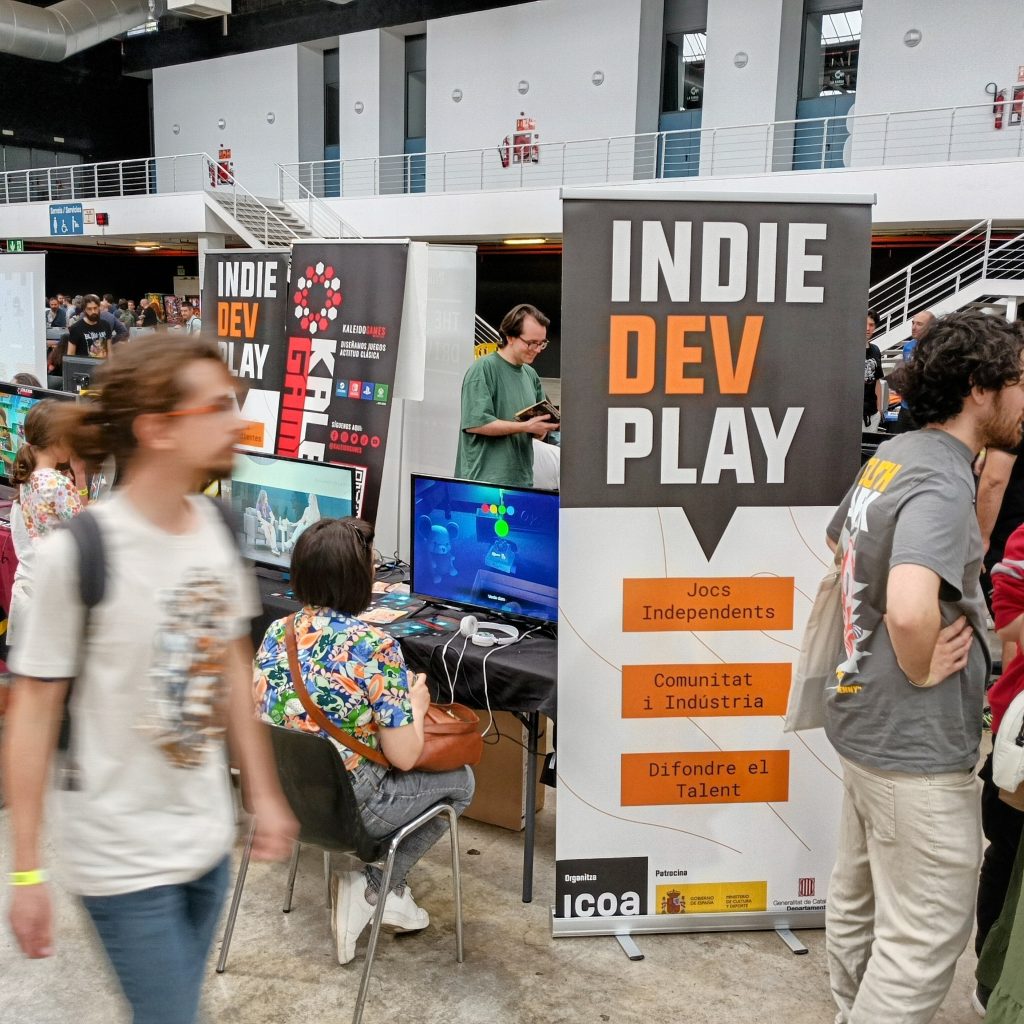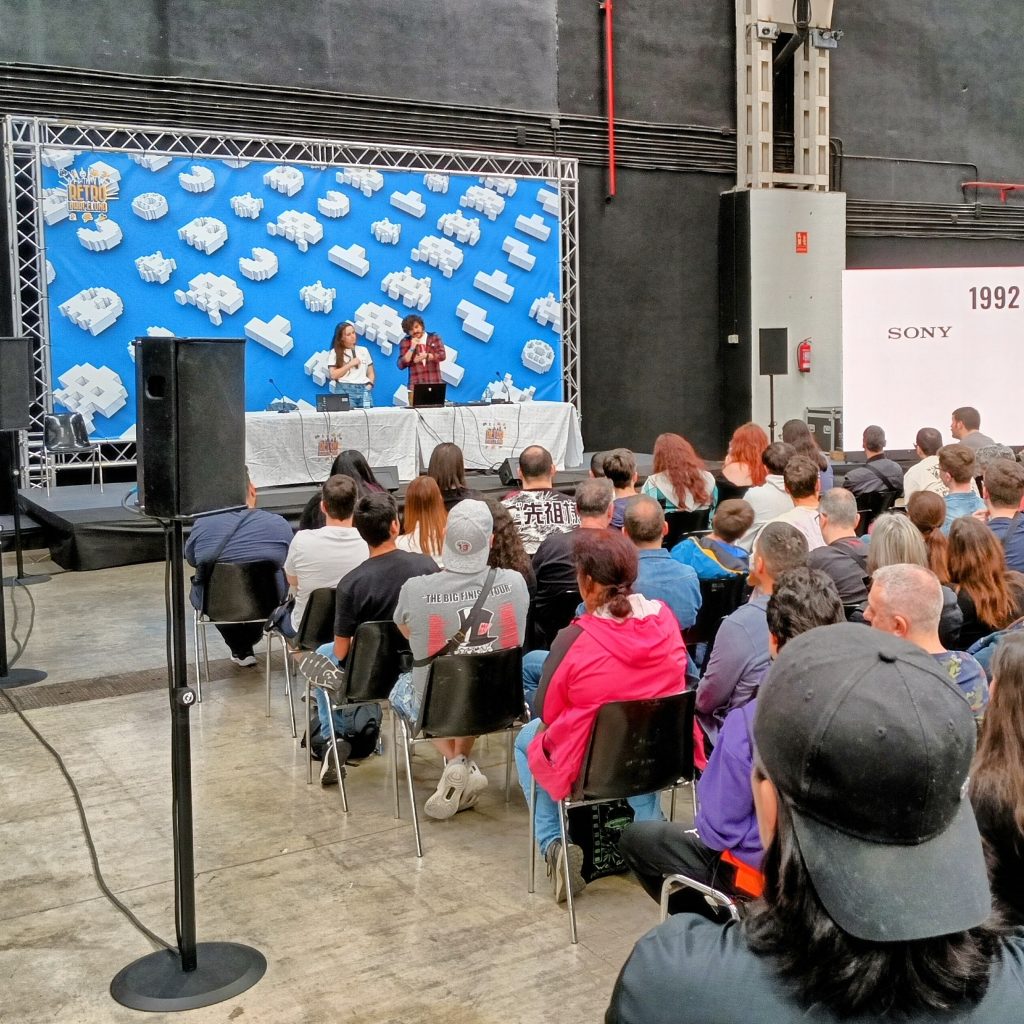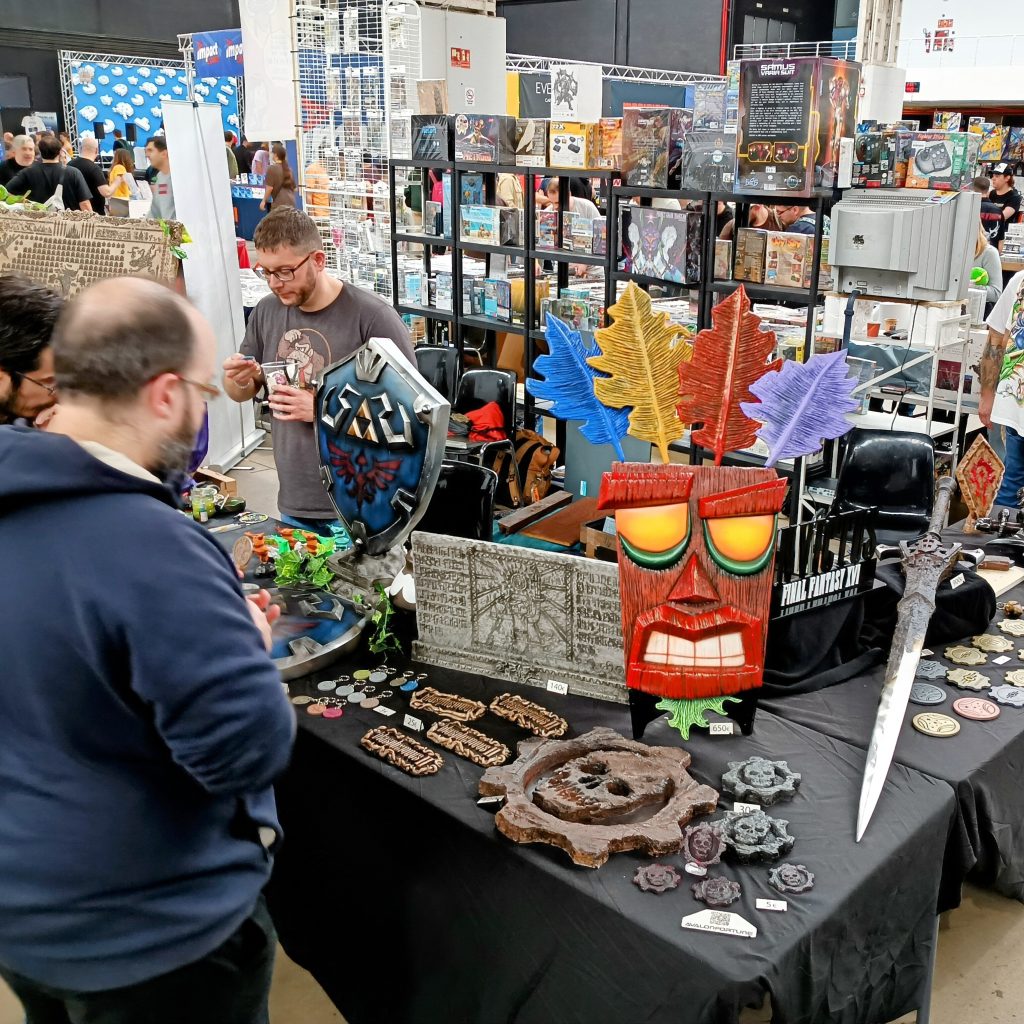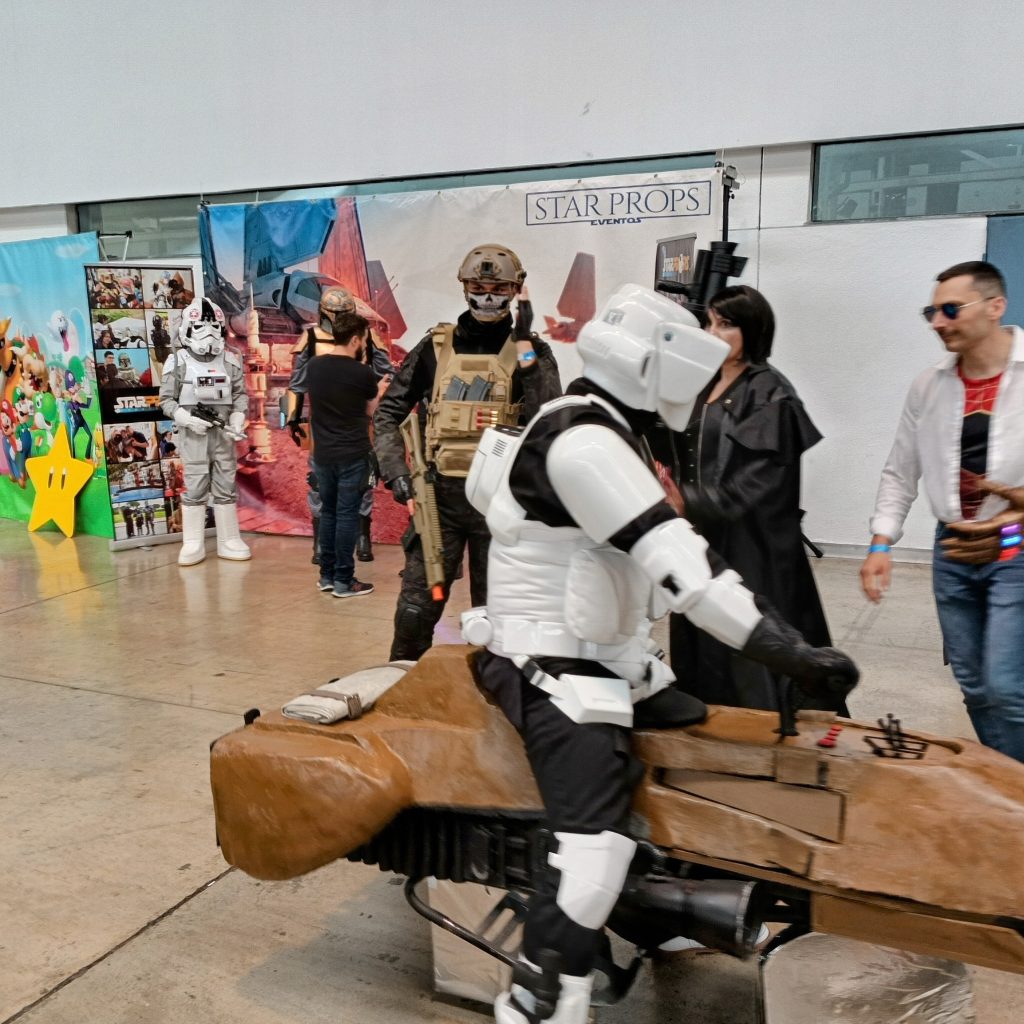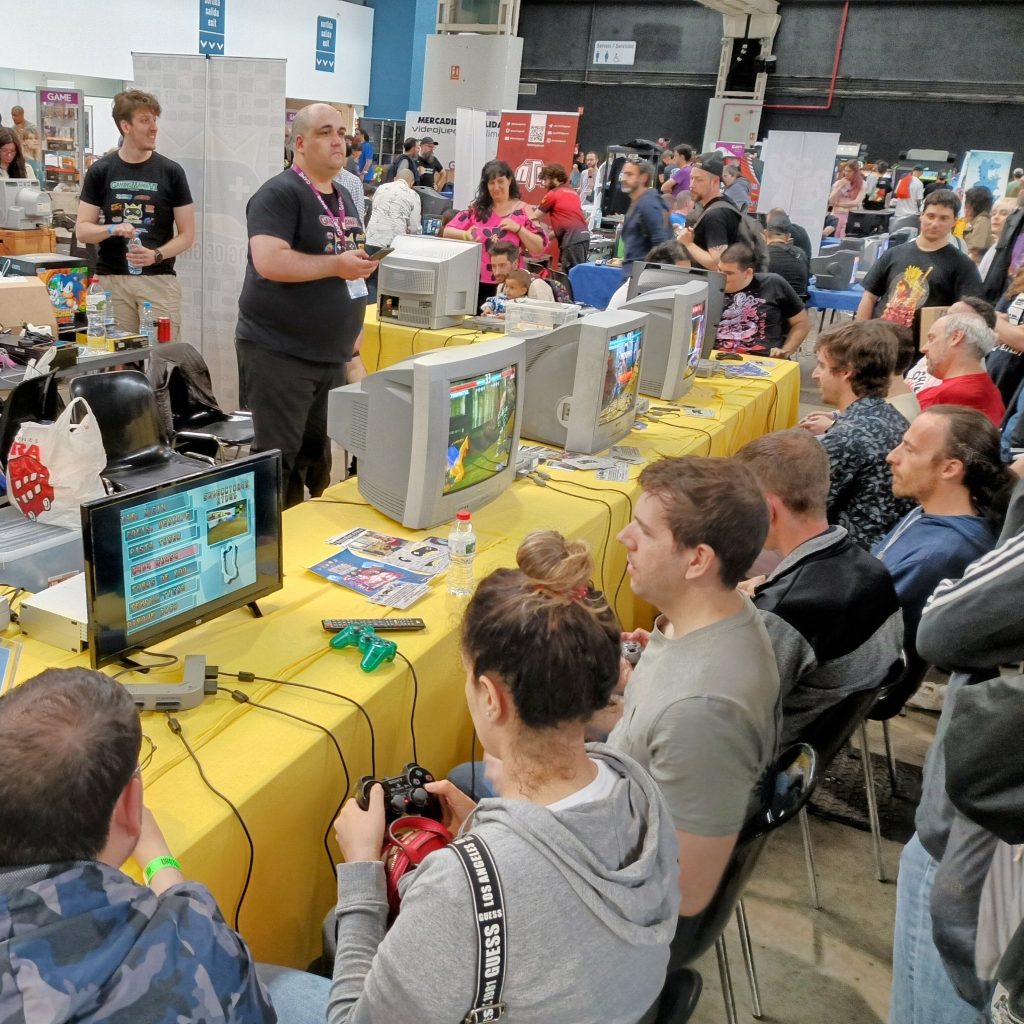I am reading breakdowns and opinions regarding the last game from Supercell, Squad Busters. I love to read those things, but the point of all that content (writing and video) is to sell the idea that something like that can be done following a concrete set of practices.
The real goal of the game design is to entertain people using a video game. A video game is an artifact made of technology and entertainment. When you and your team are working on a game, it’s the game itself that guides the whole thing.
You create a game one brick at a time, and you design its systems step-by-step. At some point, it becomes an entity that will inevitably drive your design choices. If the business side starts to impose the imitation of others, that’s a dead end sorry about that.
You can decide what the game should be about, of course. And it’s better to be something that comes from inside of you, somehow. You will not make the next Squad Busters, because you’re not Supercell.
It’s interesting to have a mental library of mechanisms and methods to work with. Your toolbox is important. But you need to put something truly out. There is no other way around, especially if you want to build something solid that lasts.
Nothing new can be predicted to be a success, you have to put yourself in it. And make the game drive your choices according to its evolution. In fact, following others using your intel will only drive you to failure.


